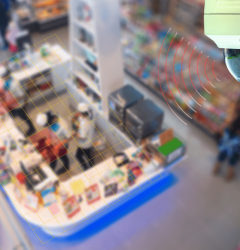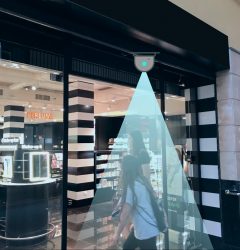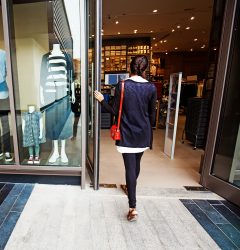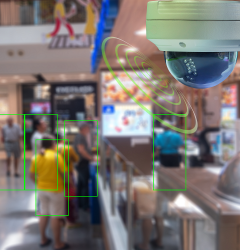02 Jan
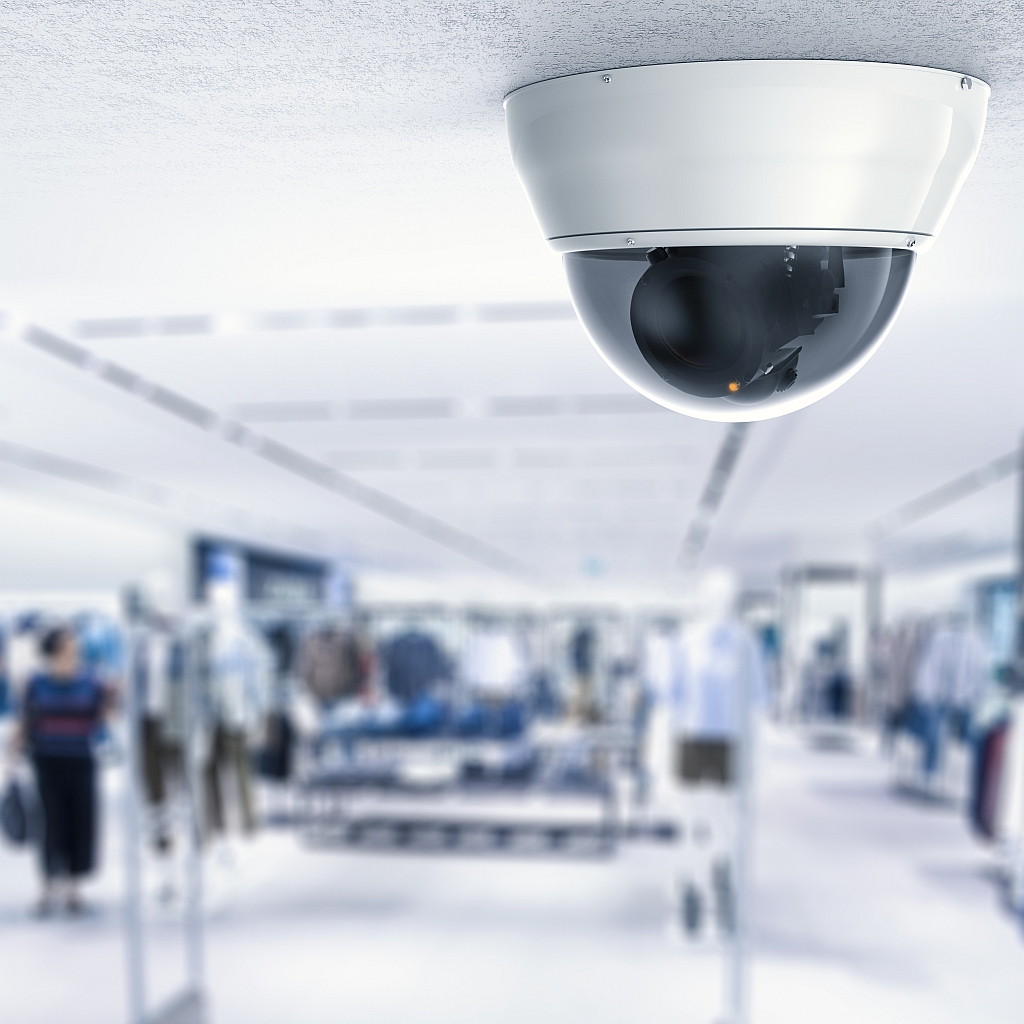
How can retail store traffic be measured?
Retail traffic counters are devices or systems used to track the number of people entering and exiting a retail store or other retail space. This information can be used by store managers to understand customer traffic patterns and make decisions about staffing and other operational issues. Retail traffic counters can be standalone devices that are placed near store entrances, or they can be part of a larger network of sensors and cameras that monitor customer activity throughout the store. Some retail traffic counters use advanced technologies such as computer vision and artificial intelligence to track customer movements and behavior.
Shopper count refers to the number of people who are currently shopping in a retail store or other retail space. This information can be useful for store managers to understand customer traffic patterns and make decisions about staffing and other operational issues. Shopper count can be determined manually, by having a staff member walk through the store and count the number of people, or it can be determined automatically using retail traffic counters or other tracking technologies. These devices or systems use sensors, cameras, or computer vision algorithms to track customer movements and count the number of shoppers in the store.
Store counting is the process of counting the number of people entering and exiting a retail store or other retail space which is known as the shopper count. This information can be used by store managers to understand customer traffic patterns and make decisions about staffing and other operational issues. Store counting can be done manually, by having a staff member stand at the entrance and manually count the number of people entering and exiting, or it can be done automatically using retail traffic counters. These devices or systems are placed near store entrances and use various technologies such as sensors, cameras, or computer vision algorithms to track customer traffic.
In-store traffic monitoring makes use of sensors, cameras, or other technologies to track the movement and behavior of customers within a retail store or other retail space. This information can be used by store managers to understand customer traffic patterns and make decisions about staffing and other operational issues. In-store traffic monitoring systems can use a variety of technologies, including sensors placed at key points in the store, cameras that track customer movements, or computer vision algorithms that can analyze customer behavior and movements. This information can be used to determine metrics such as shopper count, average dwell time, and customer conversion rates.
Foot traffic count is the number of people who are walking past a specific location, such as a retail store or other retail space. This information can be useful for store managers to understand customer traffic patterns and make decisions about staffing and other operational issues. Foot traffic count can be determined manually, by having a staff member stand at the entrance and manually count the number of people walking past, or it can be determined automatically using retail traffic counters or other tracking technologies. These devices or systems use sensors, cameras, or computer vision algorithms to track customer movements and count the number of people walking past a specific location.
There are several ways that retail store traffic can be measured, including the following:
1. Manual counting: This involves having a staff member stand at the store entrance and manually count the number of people entering and exiting the store. This method can be time-consuming and prone to errors, but it can provide a general idea of customer traffic patterns.
2. Retail traffic counters: These are standalone devices or systems that are placed near store entrances and use sensors or other technologies to automatically track the number of people entering and exiting the store. Retail traffic counters can provide more accurate and detailed information about customer traffic patterns.
3. In-store tracking: This involves using sensors, cameras, or other technologies to track the movement and behavior of customers within the store. In-store tracking can provide insights into metrics such as shopper count, average dwell time, and customer conversion rates.
4. Online tracking: Many retailers also track customer traffic on their website or mobile app. This can provide valuable insights into customer behavior and can be combined with in-store tracking data to get a more comprehensive view of customer traffic patterns.
However, for store traffic counting the most effective method is AI-Powered Counting.
AI-powered store traffic counting refers to the use of artificial intelligence (AI) technologies to track the number of people entering and exiting a retail store or other retail space. AI-powered store traffic counters use advanced algorithms and computer vision techniques to automatically detect and count people as they enter and exit the store. These systems can provide more accurate and detailed information about customer traffic patterns than manual counting or traditional retail traffic counters. In addition to counting the number of people entering and exiting the store, AI-powered store traffic counters can also be used to track customer movements and behavior within the store, providing valuable insights for store managers.
To learn more about using AI-powered counting tools in your store, contact us today!
Related Post
Tags
Keywords
Tags
Resources
© 2020-2024 Link Retail. All rights reserved.
